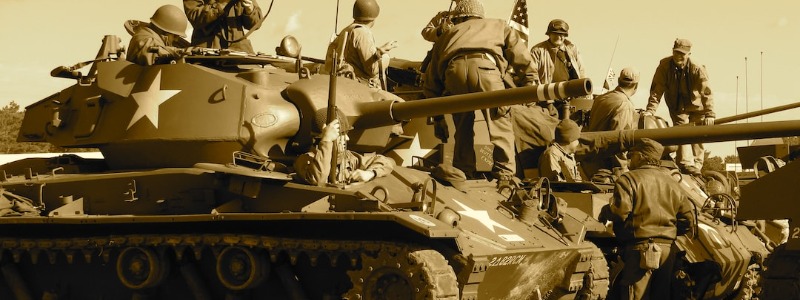Top 10 – World War 2 Bloodiest Battles
World War II was one of the deadliest conflicts in human history, with an estimated 70-85 million fatalities. Over the course of six years, nations across the globe fought for their freedom and the freedom of others, leading to some of the bloodiest battles in history. On this Memorial Day, we take a moment to remember the brave soldiers who gave their lives in the pursuit of victory.
From 1939 to 1945, the largest conflict the world has ever known raged on relentlessly. Beginning in Europe, before taking in Asia, Africa, America, and the Pacific, World War 2 saw over 60 million deaths and countless lives blighted. Bloodshed had never been seen on such a scale before.
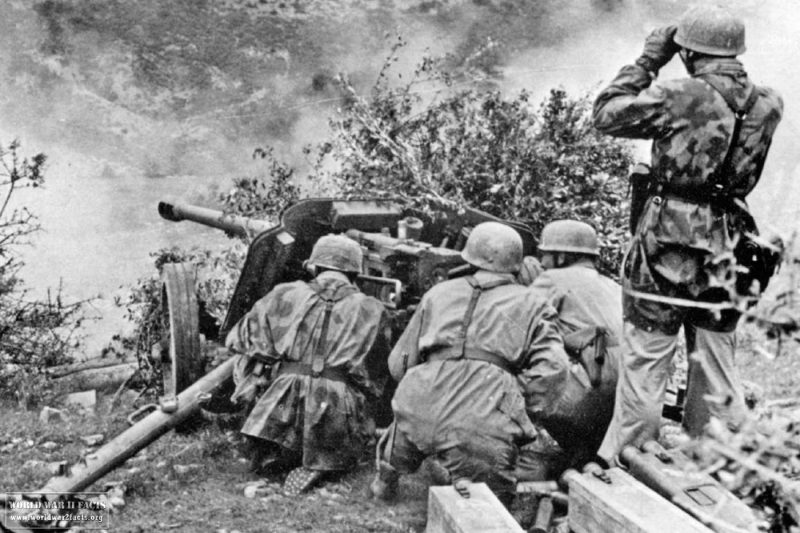
Even World War I, whose fatalities numbered 35 million, did not witness the same level of sheer destruction, meted out on all sides, throughout the early 1940s. What follows are the bloodiest battles of World War 2, a startling reminder, if one were needed, that war can indeed be hell.
10. Battle of Monte Cassino (1944)
Casualties: 185,000
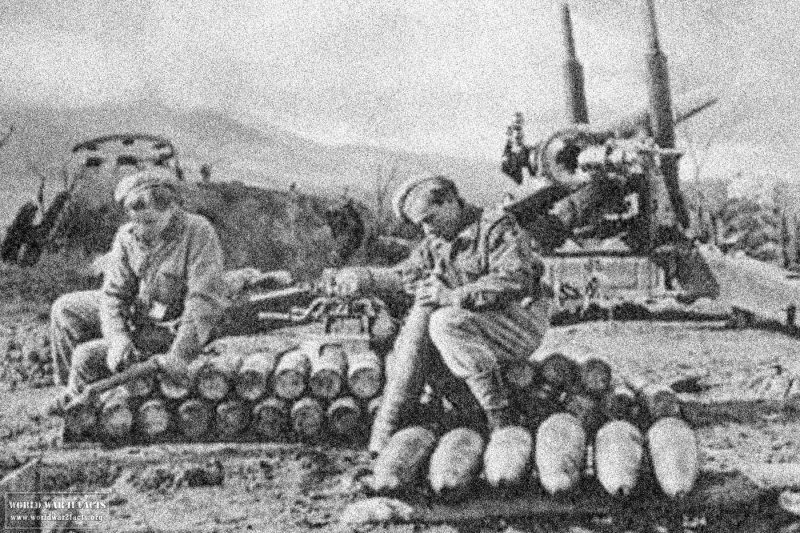
The Battle of Monte Cassino (also known as the Battle for Rome and the Battle for Cassino) took place between January and May 1944 and was fought by the Allied forces against the Germans in Italy. The battle was fought over four main battles and was characterized by heavy bombing and intense ground fighting.
The Germans had positioned themselves on top of a hill at Monte Cassino, which gave them a strategic advantage. The Allied forces launched a series of attacks on the hill, but all of them failed due to the strong German defenses. The battle’s turning point came when the Allied forces decided to bomb the monastery at the top of the hill, which had been occupied by the Germans.
The bombing, which took place on February 15, 1944, destroyed the monastery and killed many civilians who had taken refuge there. However, it allowed the Allied forces to finally take control of the hill, which was a vital part of their advance towards Rome.
The Battle of Monte Cassino was a long and brutal battle, with both sides suffering heavy casualties. It is estimated that the Allies lost around 55,000 soldiers, while the Germans lost around 20,000. The battle was a significant moment in World War II and played a crucial role in the Allied forces’ eventual victory in Italy. Today, the Monte Cassino War Cemetery serves as a reminder of the many lives lost during this bloody battle.
9. The Battle of the Bulge
Casualties: 187,000
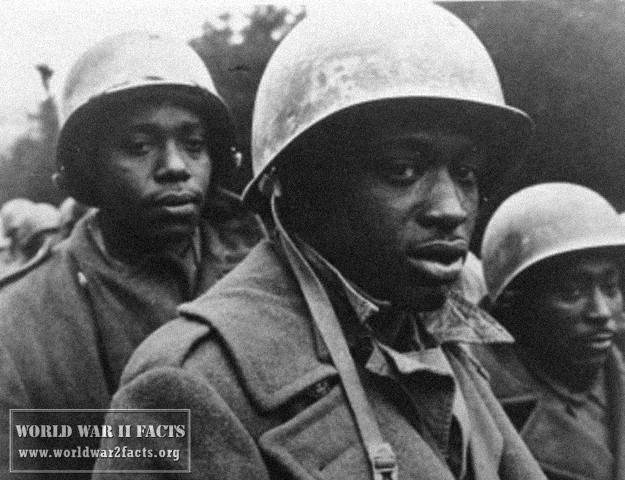
The Battle of the Bulge, more commonly known as the Ardennes Offensive, was the final large-scale assault carried out by the German military on the Western Front during World War II. Commencing on December 16th, 1944, the operation involved over 200,000 troops from both sides and would eventually become the largest battle fought on the Western Front in terms of personnel. Spanning over two weeks and involving key engagements across Belgium and Luxembourg, it remains one of the most renowned battles of the conflict to this very day.
The Germans launched a surprise attack on the Allied forces, with the aim of splitting the Allied armies in two and capturing the important port city of Antwerp. The initial attack was successful, and the Germans created a bulge in the Allied lines, hence the battle’s name.
The battle was fought in some of the harshest winter conditions in Western Europe, with heavy snow and fog causing problems for both sides. The Germans had the advantage of surprise and initially made significant gains, but the battle eventually turned in favor of the Allies.
The Americans, who bore the brunt of the German offensive, suffered over 80,000 casualties, including 19,000 killed, making it one of the deadliest battles for them during World War II. The Germans also suffered heavy losses, with an estimated 100,000 casualties, including 12,000 killed.
Despite the initial setbacks, the Allies were able to regroup and push the Germans back, eventually encircling and destroying much of their offensive force. The Battle of the Bulge was a significant turning point in the war, as it marked the last major German offensive operation on the Western Front and hastened the end of the war in Europe.
8. Battle of Kursk (1943)
Casualties: 257,000
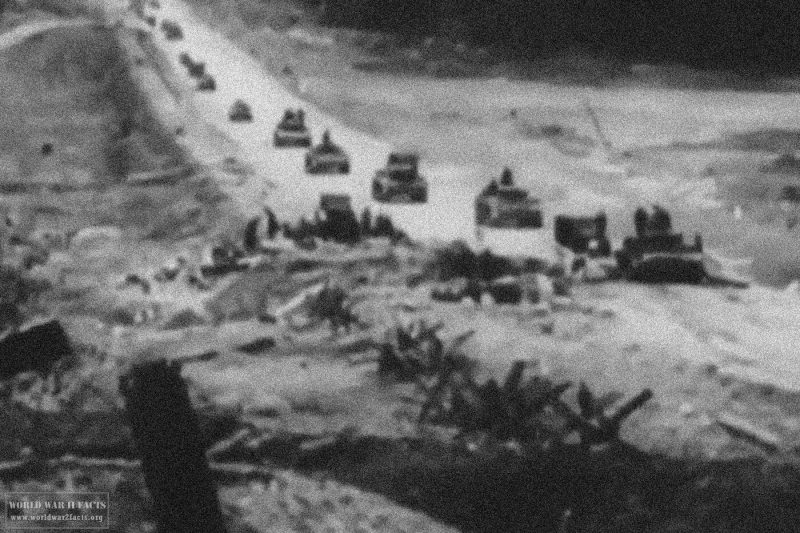
The Battle of Kursk was fought between German and Soviet forces from July 5 to August 23, 1943, during World War II. It was one of the largest tank battles in history and is considered to be the turning point of the war on the Eastern Front. The battle took place near the Russian city of Kursk and involved over two million troops and 6,000 tanks, making it the largest armored battle in history.
The Germans had planned to launch a surprise attack on Kursk, but the Soviets were aware of their plans and had prepared a massive defensive line with over 2,000 tanks and 1.3 million troops. The Germans attacked with over 900,000 troops and 2,700 tanks but were met with heavy resistance and suffered significant losses.
The battle was a decisive victory for the Soviets, who were able to repel the German offensive and go on the offensive themselves. The Germans suffered over 50,000 casualties, including 10,000 killed, and lost over 300 tanks. The Soviets suffered around 250,000 casualties, including 50,000 killed, and lost around 1,500 tanks.
The Battle of Kursk was a major turning point in the war on the Eastern Front and is considered to be one of the greatest tank battles in history. It marked the end of Germany’s offensive capabilities in the east and allowed the Soviets to begin the push toward Berlin. The battle also demonstrated the importance of superior tank design and production, as the Soviet T-34 and KV tanks proved superior to the German Panzers.
7. The 2nd Battle of Kharkov
Casualties: 300,000
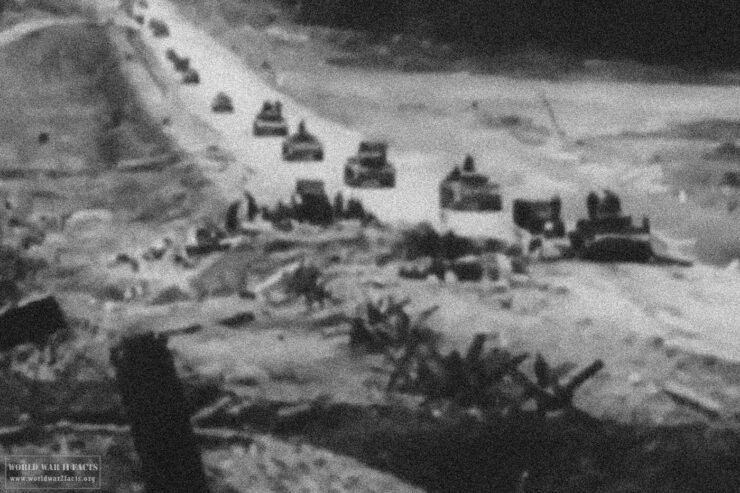
The Second Battle of Kharkov was a pivotal moment in World War II. It saw the Axis powers, led by Nazi Germany, launch an ambitious counter-offensive against the Soviet Union in the region around Kharkov (now Kharkiv) from May 12 to 28, 1942. This battle would have far-reaching consequences for both sides.
The objective of the German forces was twofold: to eliminate the Izium bridgehead over Seversky Donets which had been established as one of the Soviet Union’s staging areas during their winter offensive and to reassert control on the Eastern Front.
In spite of a strong start for the German troops, who were able to partially achieve their objectives, the Red Army put up more effective resistance than expected. This was due in part to the Soviet Union’s improved command structure following the Battle of Moscow and also to their use of reserves to support the Kharkiv front. Therefore, by 28 May, little strategic ground had been gained by the Axis forces.
Ultimately, the Second Battle of Kharkov demonstrated that the Axis powers could not gain an overwhelming advantage on the Eastern Front. The war of attrition between the Soviets and Germans had begun in earnest.
6. The Battle of Luzon
Casualties: 332,000
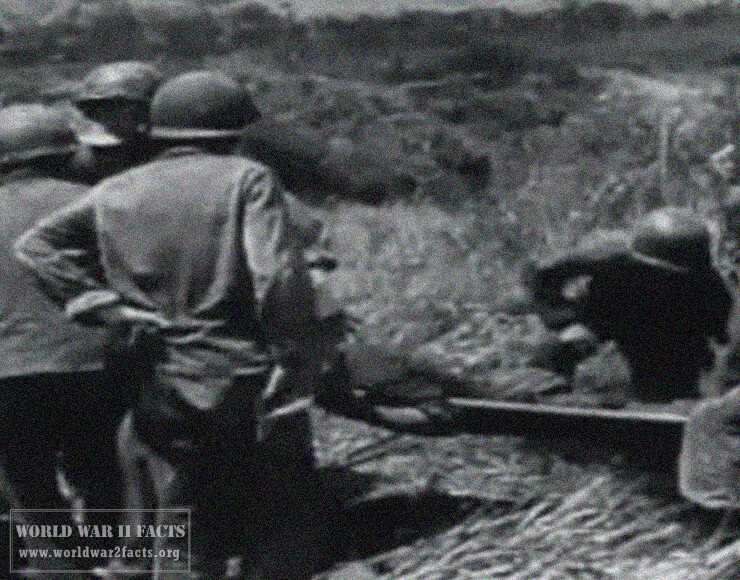
The Battle of Luzon, fought from January 9 to August 15, 1945, was a land battle of the Pacific Theater of Operations of World War II by the Allied forces of the U.S., its colony the Philippines, and allies against forces of the Empire of Japan. Luzon was the Pacific War’s longest battle, which lasted for over five months.
This battle took place in the Philippines where the Japanese forces were entrenched and refused to surrender. The United States and its allies, on the other hand, were determined to take back the territory and push the enemy out of the region. The battle began with a massive amphibious invasion of the island, and the fighting was brutal, with both sides suffering heavy losses.
The Japanese also used guerrilla tactics, which made the battle even more challenging for the American forces. The terrain of the island was also a major obstacle, with dense jungles and rugged mountains making it difficult to move troops and supplies. The battle finally ended with the surrender of the Japanese forces, and the Philippines were liberated.
The Luzon campaign was one of the most significant battles of World War II, yet it is often overshadowed by other battles in the Pacific, such as Iwo Jima and Okinawa. The battle for Luzon deserves more attention, as it was a pivotal moment in the Pacific War and helped bring an end to the conflict.
5. The Battle of France
Casualties: 469,000
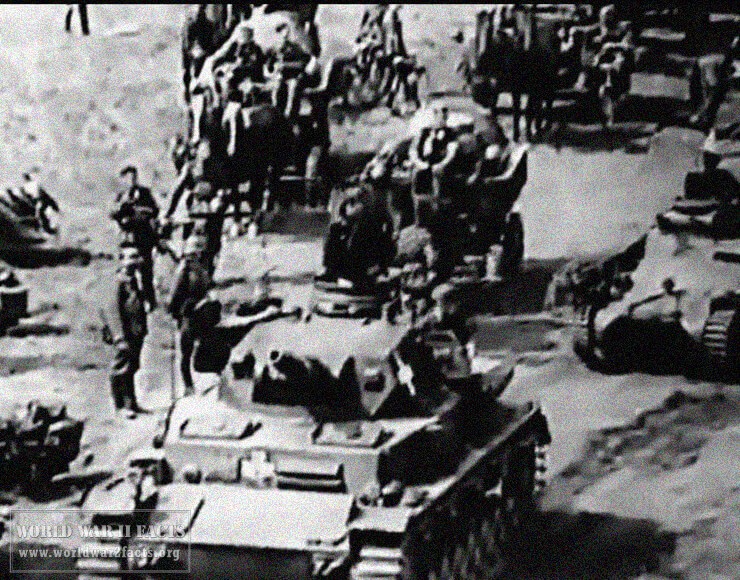
The Battle of France, also known as the Fall of France, was the German invasion of France and the Low Countries during the Second World War. In six weeks from 10 May 1940, German forces defeated Allied forces by mobile operations and conquered France, Belgium, Luxembourg, and the Netherlands, bringing land operations on the Western Front to an end until 6 June 1944. Italy entered the war on 10 June 1940 and attempted an invasion of France.
4. Battle of Narva (1944)
Casualties: 550,000
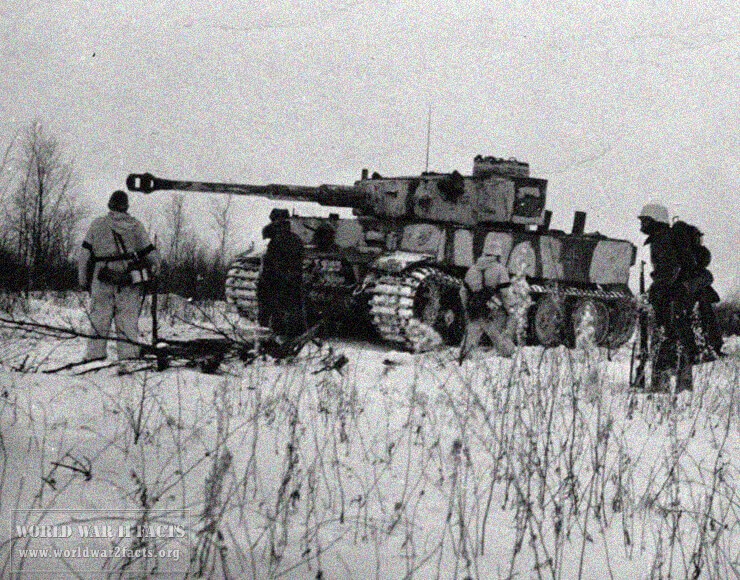
When discussing the Eastern Front of World War II, most people immediately think of the Battle of Stalingrad or the Siege of Leningrad. However, there were many other significant battles fought in this region, including the Battle of Narva.
The Battle of Narva took place from February to August 1944 between German and Soviet forces. The Germans were outnumbered and outgunned, but they were able to hold their ground thanks to their strategic defensive positions and the harsh winter conditions. The battle was fought in the Narva River valley in Estonia and was crucial in determining the outcome of the war in the region.
Despite the significance of this battle, it is often overlooked in discussions of the Eastern Front. However, it deserves more attention due to the sheer scale of the fighting and the fact that it was one of the last major defensive battles fought by the Germans on the Eastern Front.
3. Battle of Moscow (1941-1942)
Casualties: 1,000,000
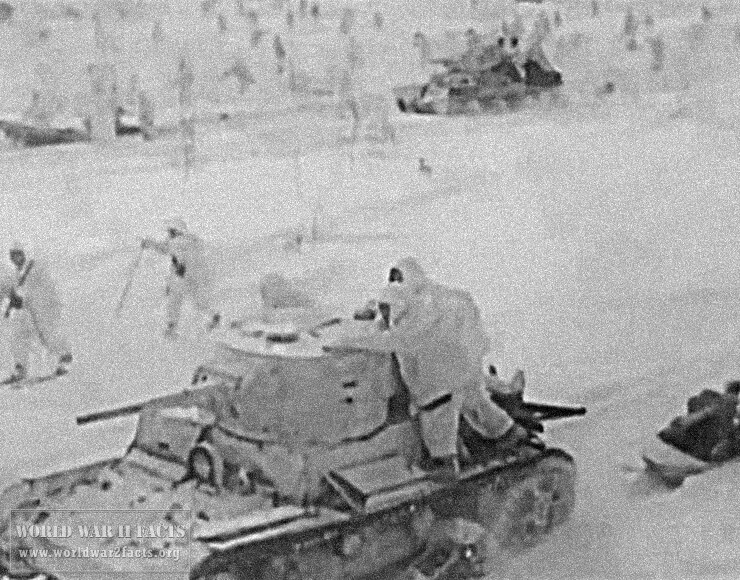
The Battle of Moscow was a crucial battle in World War II, fought between the Axis powers of Germany, Finland, and Italy against the Soviet Union. It was one of the deadliest and most brutal battles in history, with over a million casualties on both sides. The battle lasted from October 1941 to January 1942, and it was a major turning point in the war.
The battle began when the German army, led by General Guderian, launched a massive offensive against the Soviet Union’s capital city of Moscow. The Soviet Union’s forces, led by General Zhukov, were vastly outnumbered and outgunned, but they put up a fierce resistance that ultimately saved the city from falling into German hands.
Despite their best efforts, the German army was unable to capture Moscow and was forced to retreat due to harsh winter conditions and a lack of supplies. The battle was a significant setback for the Axis powers and marked the first time they had been defeated on land in World War II.
The Battle of Moscow was a critical moment in the war, as it prevented Germany from achieving its objective of capturing the Soviet Union’s capital and potentially turning the tide of the war in their favor. Instead, it was a turning point for the Soviet Union, which went on to win several key battles and ultimately emerge victorious in World War II.
2. Battle of Berlin (1945)
Casualties: 1,300,000

The Battle of Berlin in 1945 marked the end of World War II in Europe. The Soviet Union launched a massive offensive against Berlin, which was defended by German forces. The battle lasted from April 16 to May 2, 1945, and was one of the deadliest battles of World War II. The Soviet Union had the advantage of superior numbers, as they had more than 2.5 million troops compared to the German forces of around 766,000 soldiers.
The battle was brutal, with both sides suffering heavy casualties. The Soviet Union employed a strategy of encirclement, surrounding the city and cutting off all supply routes. This forced the Germans to rely on their own limited resources, resulting in hunger, disease, and a lack of ammunition. The Germans fought fiercely, but they were ultimately overwhelmed by the sheer strength of the Soviet army.
The Battle of Berlin resulted in the deaths of over 100,000 German soldiers and civilians and around 80,000 Soviet soldiers. The city was left in ruins, with many buildings destroyed or damaged. The fall of Berlin marked a significant turning point in World War II, as it led to the eventual surrender of Germany and the end of the war in Europe.
1. Battle of Stalingrad (1942-1943)
Casualties: 1,800,000
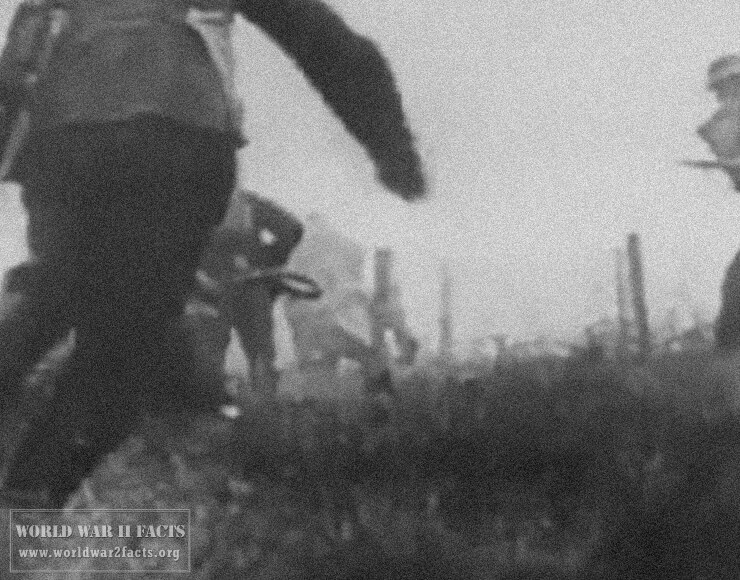
Marked by fierce close-quarters combat and direct assaults on civilians by air raids, the Battle of Stalingrad is often regarded as one of the single largest (nearly 2.2 million personnel) and bloodiest (1.7 to 2 million wounded, killed, or captured) battles in the history of warfare. It was an extremely costly defeat for German forces, and the Army High Command had to withdraw vast military forces from the West to replace their losses.
The Battle of Stalingrad marked a turning point in World War II, where Nazi Germany’s advance into the Soviet Union was halted. The battle lasted for five months, from August 1942 to February 1943, and was fought between the German Army and the Soviet Union’s Red Army.
The city of Stalingrad, now known as Volgograd, was an important industrial center for the Soviet Union, producing weapons and fuel for the war effort. The Nazis saw it as a strategic location to control the Caucasus region’s oil fields, and they launched a massive attack on the city.
The battle was long and brutal, with both sides suffering heavy losses. The Germans were better equipped and had more experienced soldiers, but the Soviets had the advantage of fighting on their home turf. The battle was fought street by street, house by house, with hand-to-hand combat becoming common.
The turning point of the battle came in November 1942, when the Soviets launched a counter-attack that encircled the German army. The Germans were cut off from their supply lines, and despite Hitler’s orders to fight to the death, they eventually surrendered in February 1943.
Final Word
As we conclude this article on the top 10 deadliest battles of World War II, we remember the brave soldiers who fought and lost their lives in these battles. It’s important to remember the sacrifices that were made during this time and to appreciate the freedom that so many fought for.
We hope that this article provided insight and education into the battles that shaped the course of history. Let us never forget the lessons learned from this tragic time in our world’s past and continue to work towards a peaceful future.

